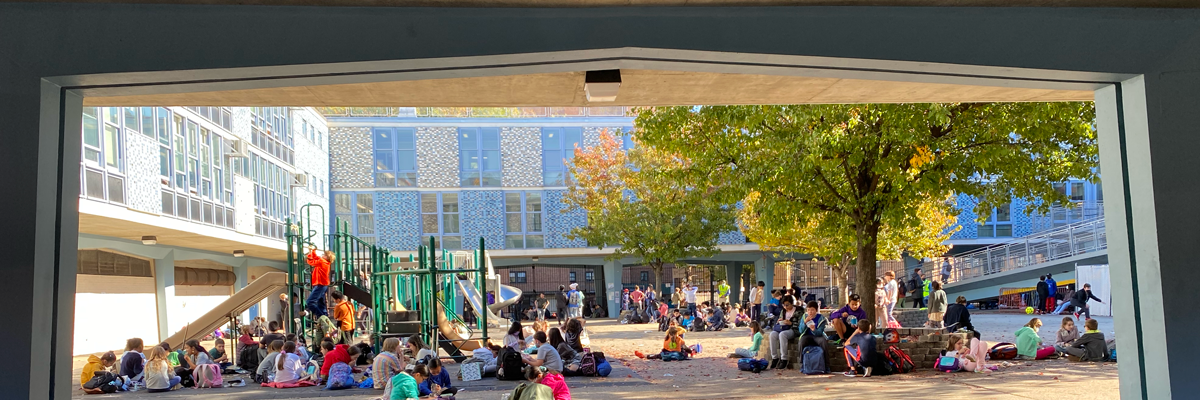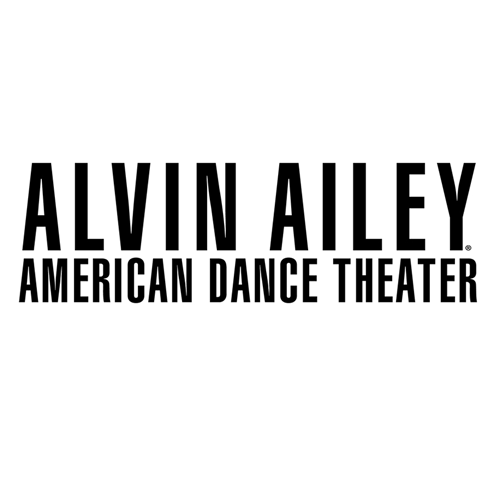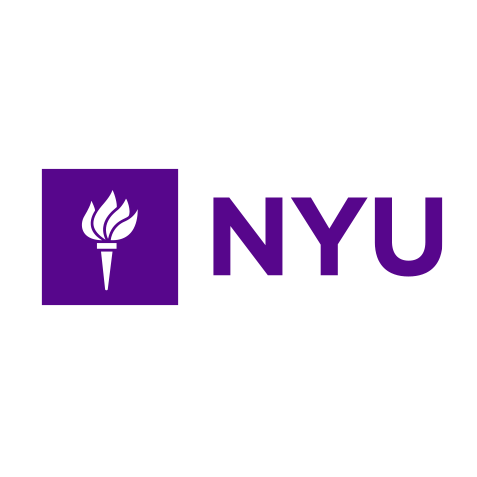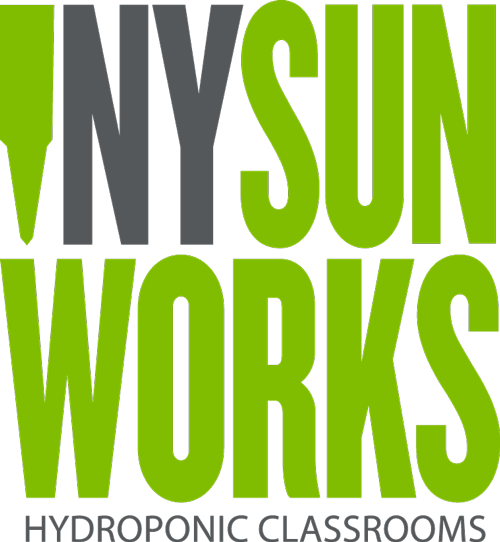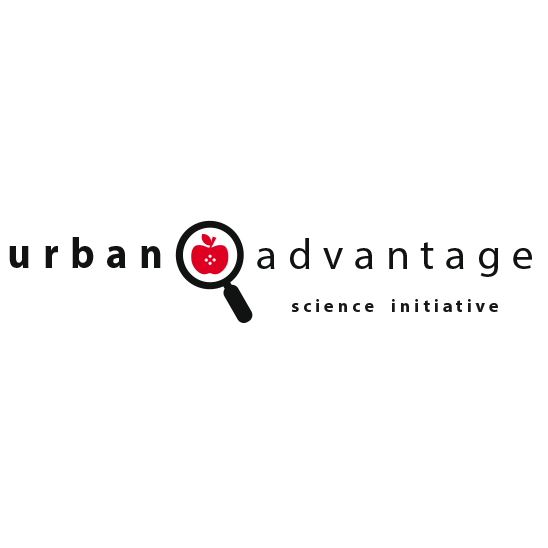Lower K-5
In the Lower Grades (Grades K–5), teachers encourage our children’s imagination and love of learning as they become confident students with a strong ability to articulate their ideas and use different strategies of inquiry to explore complex concepts.
Our core curriculum includes Teachers College Reading and Writing Project, Singapore Math/Eureka Math, and Passport to Social Studies. NEST+m believes in supporting the whole child, and we have daily and weekly social/emotional learning lessons through Sanford Harmony curriculum.
In addition to our classroom curriculum, our Specials offerings include Art, Music, STEMscopes Science and Physical Education. K-2 students learn Chess, Grades 3-5 have dance residencies with Alvin Ailey and Dancing Classrooms. Grade 5 also studies Technology. Grades 1-5 visit our Library weekly for read aloud and selection of high-interest children’s literature.
We believe that New York City is the world’s greatest classroom, and the students embark on numerous field trips throughout the year, both in conjunction with their studies and to take advantage of the city’s cultural offerings. All Lower Grades families will be invited to participate in bi-monthly Family Fridays, a program in which parents/guardians are invited to begin the school day with their child in the classroom.
OUR STUDENTS
CURRICULUM
Please see the Curriculum Summary below for each of our core academic subjects: Reading, Writing, Math and Social Studies, and Specials (Art, Physical Education, Music and Technology) listed by grade.
KINDERGARTEN
FIRST GRADE
SECOND GRADE
THIRD GRADE
FOURTH GRADE
FIFTH GRADE
SPECIALS
In Grades K-5, our Curriculum is enriched by several Specials classes: Art, Music, Science & Technology and Physical Education. Visit our K-5 Specials website.
ART
LIBRARY
MUSIC
PHYSICAL EDUCATION
